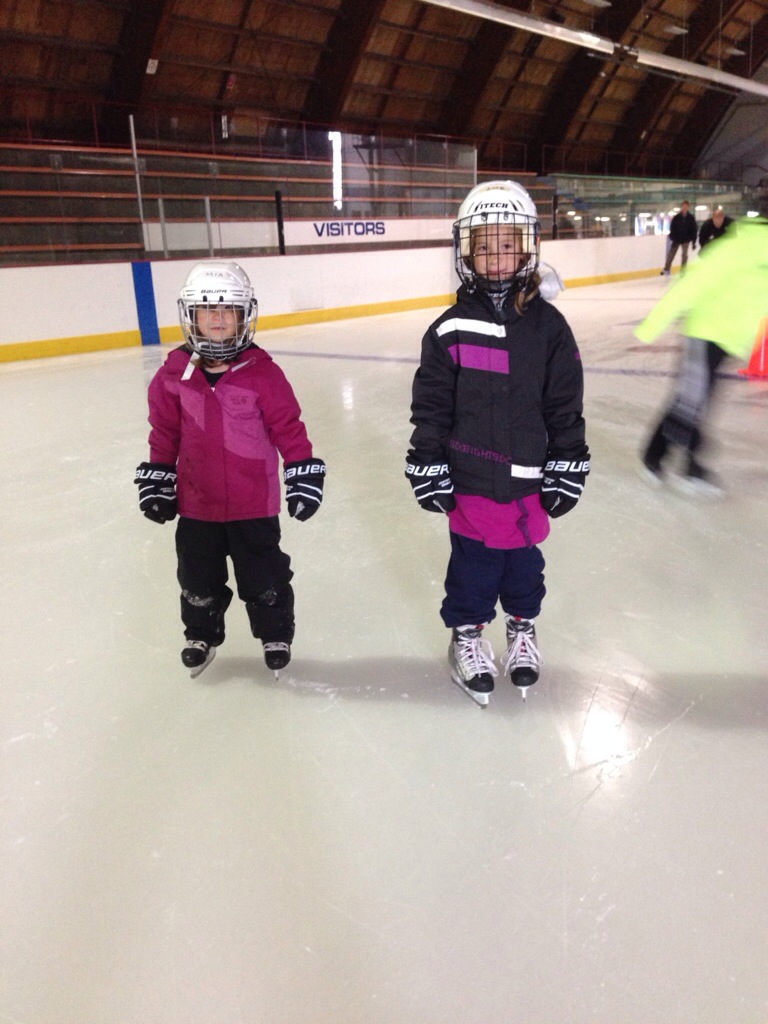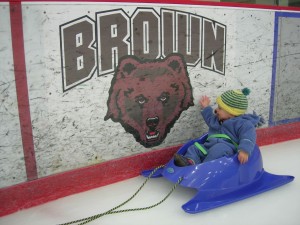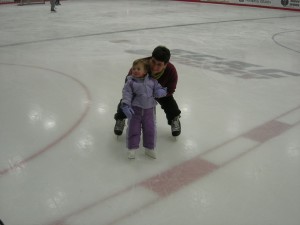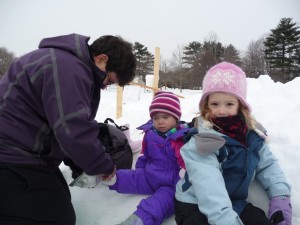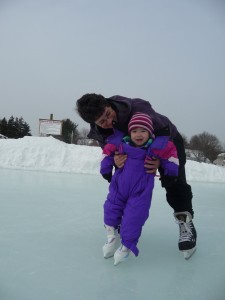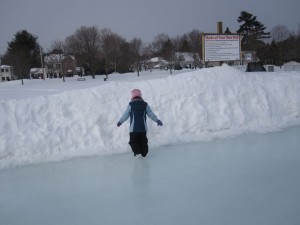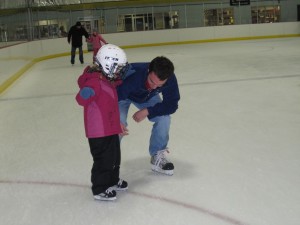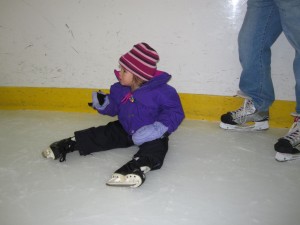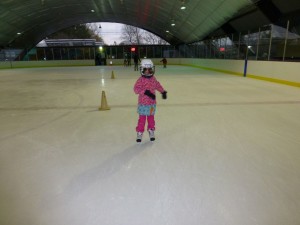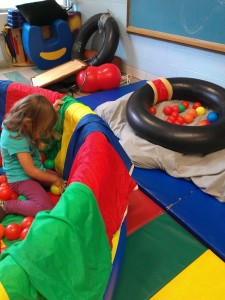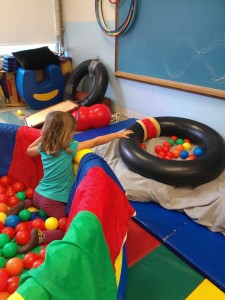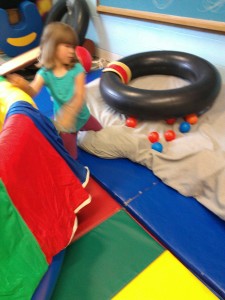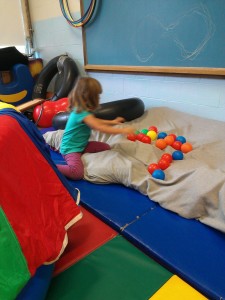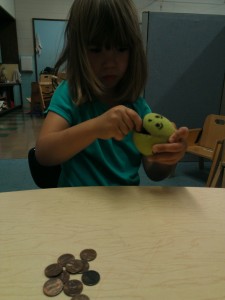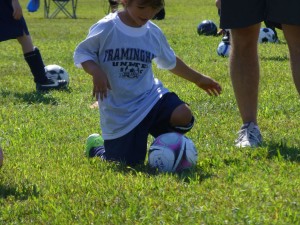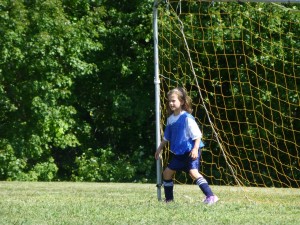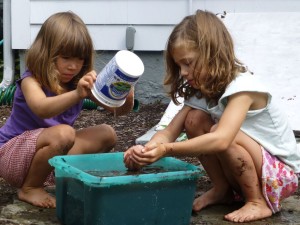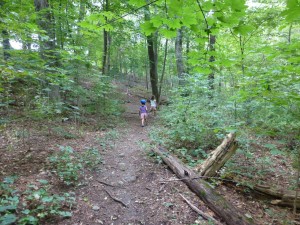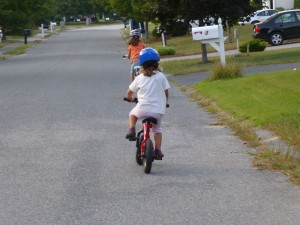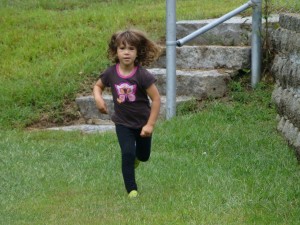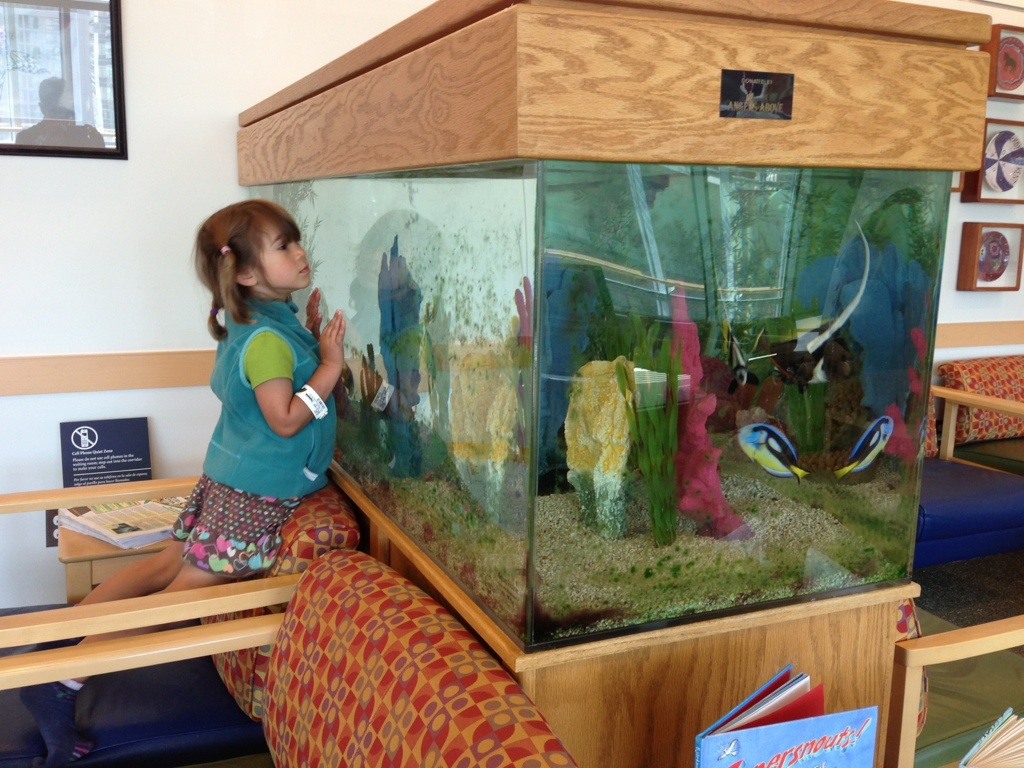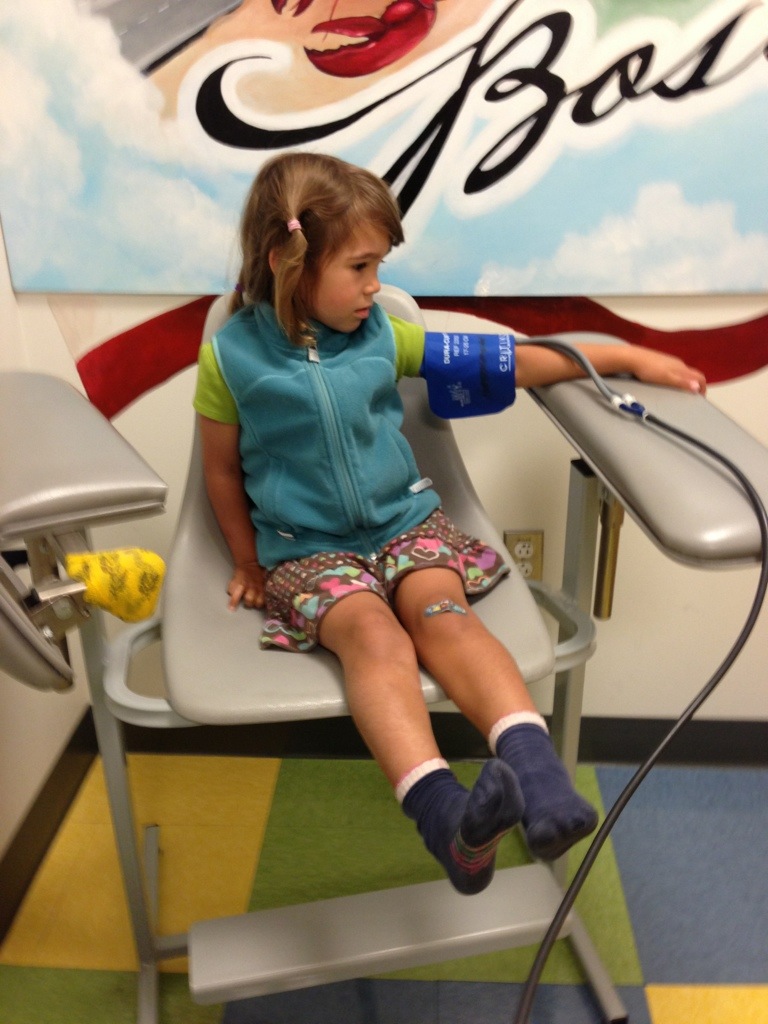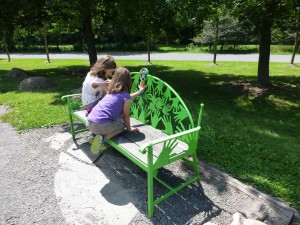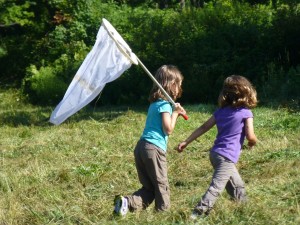Today marks 500 consecutive days of reading aloud to my children. We’ve been recording every book we’ve read. If you want the full list, check out our Reading Streak page. Most of the time we have at least two chapter books going in parallel, one chosen by Zoe and one chosen by Mia. I make suggestions too but the girls have veto power.
Right now, we have three books in circulation. We are reading “Saige Paints the Sky” and “Charlotte’s Web,” and we are part way through our third reading of “The Long Winter” expecting to finish it after Saige.
Our reading streak means many things. It means that we make time for 10-20 minutes of reading every morning, even on school days. We alternate whose day it is and so on Sundays, Wednesdays, and Fridays, Zoe gets to hear her book being read first. On Mondays, Thursdays, and Saturdays, Mia gets to hear her book first. Tuesdays, I choose theoretically, though both girls lobby for me to let them go first on my day.
Our reading streak also means lots of bedtime reading snuggles. We don’t time our reading at night, we finish chapters, and occasionally get to read extra, depending on how late it is.
And, our streak means math. We log what we read each day with the date and the day of the streak. As Zoe pointed out this morning,, “Five hundred is half way to one thousand.” She’s got big goals, and seems to want this streak to go on and on.
Zoe wanted to celebrate the reading streak with an extra big dose of reading this morning, five chapters for each girl. Mia was done after listening to two chapters of “Charlotte’s Web” and Zoe didn’t want me to stop after I read her five chapters of “Saige Paints the Sky” so I read the final two chapters, a reading marathon on a day when we skipped Saturday morning hockey as Zoe was performing in “The Wizard of Oz” as a jitterbug and cyclone. We also celebrated today with twilight sledding and pizza for dinner.
And, uncharacteristically, we skipped bedtime reading to spend time cuddled together on the couch watching the Olympics, “because we read so much this morning.”
Recently, we had to adapt the rules of our streak to allow for a guest reader. Thankfully, the girls’ Uncle Steve was delighted to fill in for four days while I was out of town.
Zoe continues to want to see through our Little House theme. We are on our third reading of book 6 (of 9) of the Laura books. Then, we’ll likely read the Rose books one more time to complete the chronological reading of all five generations of Little House women. It’s been quite a journey through history and geography.
Meanwhile, Mia has continued to return to “Charlotte’s Web” again and again. We may be on our ninth reading. Zoe practically knows it by heart now so if I misread some sentence about a “fish getting a friend,” Zoe is quick to tell me, “It’s fried, Mommy, not friend!”
But, we have branched out too. Mia found the “Freddy” series at the library, and we enjoyed the first three books of the golden hamster saga. The fourth got scary and so we stopped reading that.
Both girls have recently discovered American Girl dolls and associated books. So, we’re working our way through the two Saige books and have read the first Molly book. We currently have all the other Molly books out from the library. Molly books are set during World War Two, so we’ll be delving into some new themes and questions with that series.
I also keep a list of suggestions from others and books I want to introduce to the girls. And, I make extensive use of our library through online requests that get delivered to our local library.
All three of us are proud of our reading streak. I love that the best celebration for its longevity is to read more!

